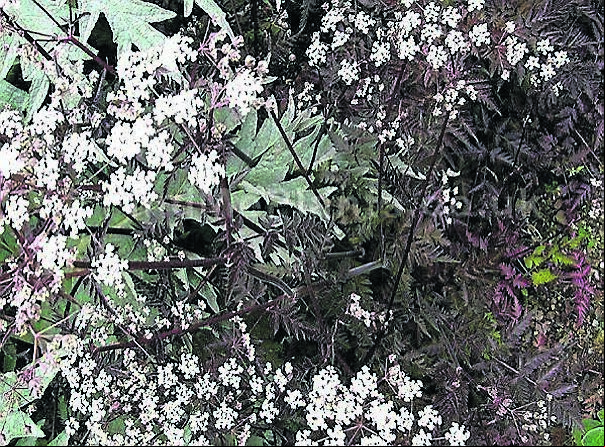In the garden: Laying the groundwork for the summer and dealing with slugs

The distinctive whorled leaf arrangement of cleavers, growing here among comfrey
There is a definite feeling of erupting foliage all around at this time of the year - in particular, cow parsley, which is emerging from the soil and skyrocketing towards full froth during the month of May.

Hazel sticks are great for creating this natural effect and, if they are installed early and before they are needed, then all the better.

It gets quite tall at 1-1.5 metres high and is considered a short-lived perennial. Fear not, once this plant has entered the garden it will seed itself freely if allowed to do so.







 App?
App?


